Hello very good friends of the HIVE community, today I want to tell you about my first trip to Europe, I was fascinated, impressed. I am Cuban, I had previously traveled to Angola and Panama (on another occasion I will share these experiences with you) but my greatest impression and charm was when I had the opportunity to visit the beautiful city of Valencia in Spain. My mother lives there, 10 years ago and I had never had the opportunity to visit her until this date.
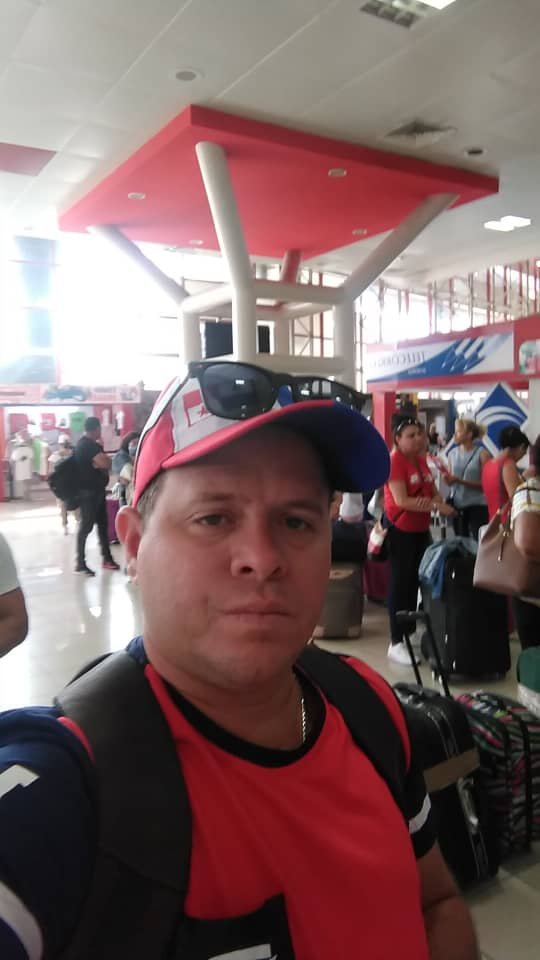
It all started in May when they finally gave me the Schengen visa, what a great joy I experienced, I could finally fulfill one of my biggest dreams to visit Spain. The day of the flight arrived and I boarded at the José Martí International Airport in Havana, on a 12-hour journey to one of the largest air ports in Europe, Adolfo Suárez, Madrid Barajas. I would have liked to spent more time in this city to get to know it, but I already had a ticket to take the Ave (fast train in Spain) which resulted in an incredible experience, floating almost literally on the tracks at a dizzying speed of 300 km per hour without feeling anything, as if we were not moving, finally and ending that exhausted day, I arrived at the North Station of Valencia, an imposing building, with a Valencian modernist architectural style, where my mother was waiting for me with her husband, a native of those lands.

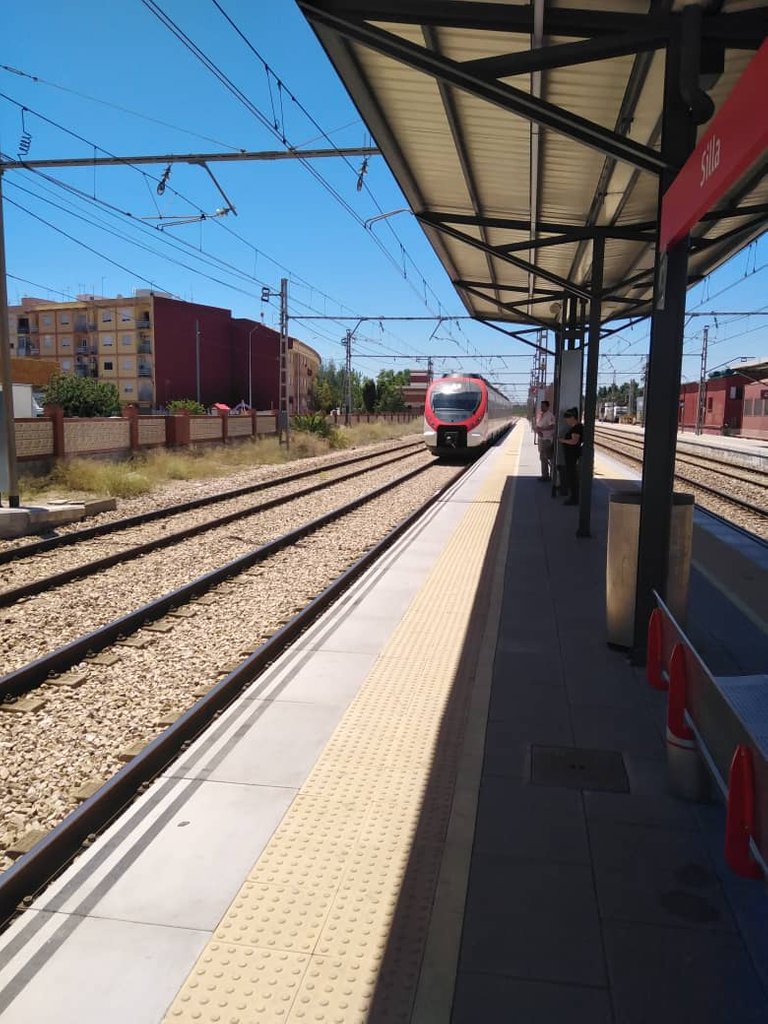
It is a terminal station of monumental character and Valencian modernist style inaugurated in 1917 by the “Compañía de los Caminos de Hierro del Norte de España”
Valencia's Bullring was built throughout the 1850s. It is neoclassical, specifically simple Doric. It was built by the Valencian architect Sebastián Monleón Estellés. Its structure is formed by a 48-sided polygon, with 384 arches on the outside, made of brick in the Neo-Mudejar style.

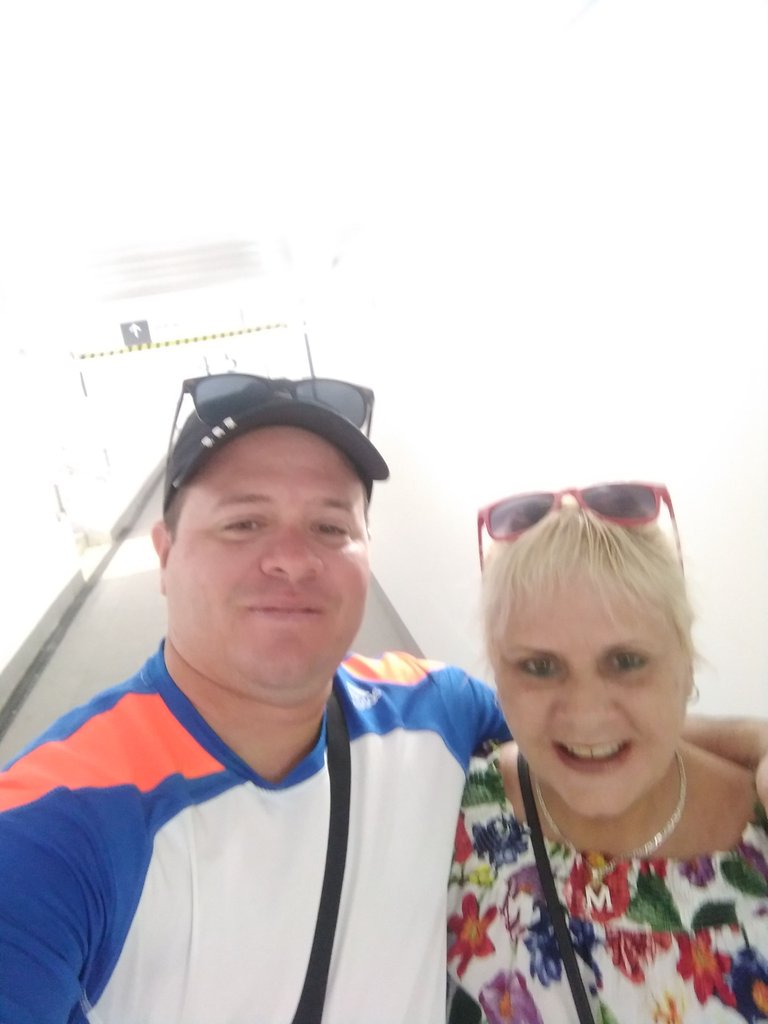
One of the things that I like the most is the warmth and hospitality of the Spanish, who are willing to help whenever and wherever they can. In my first steps through the city, I did not go from one amazement to another, what a beautiful city, its architecture, its urbanization are worthy of being admired and recognized.
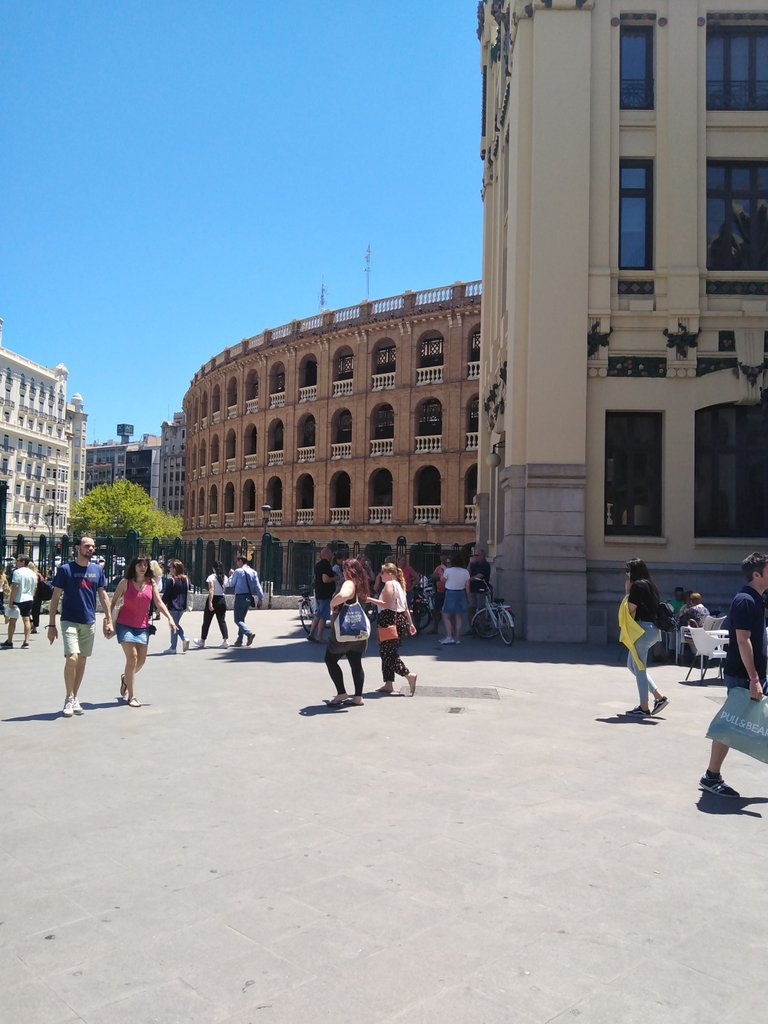
The Bullring
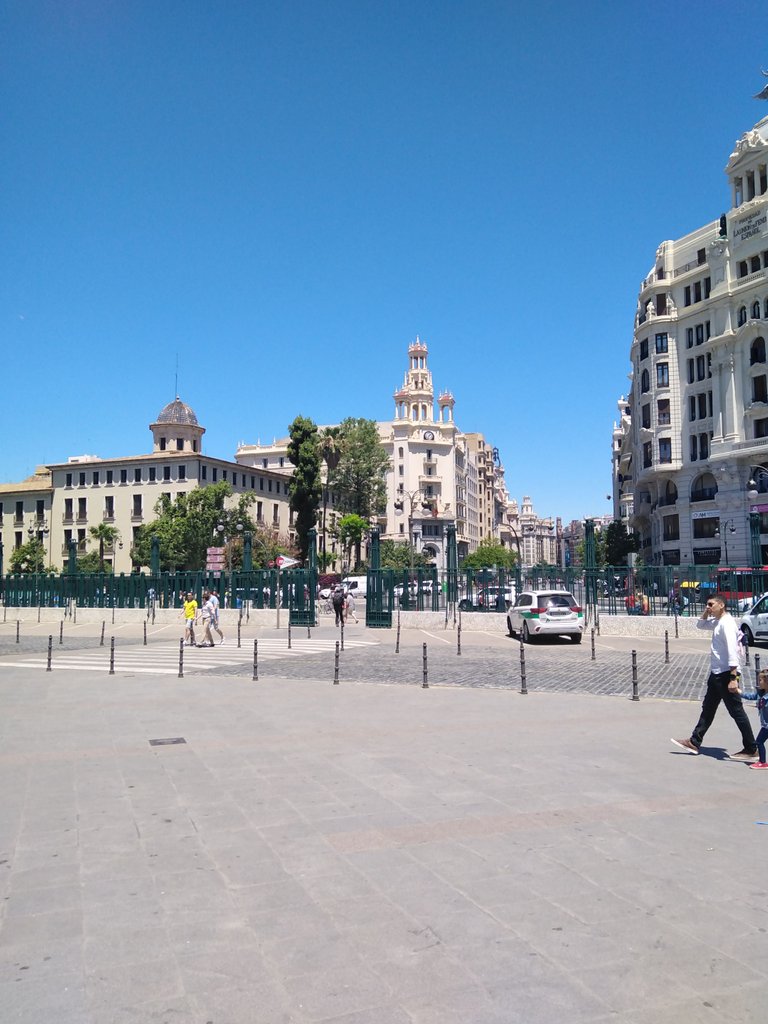
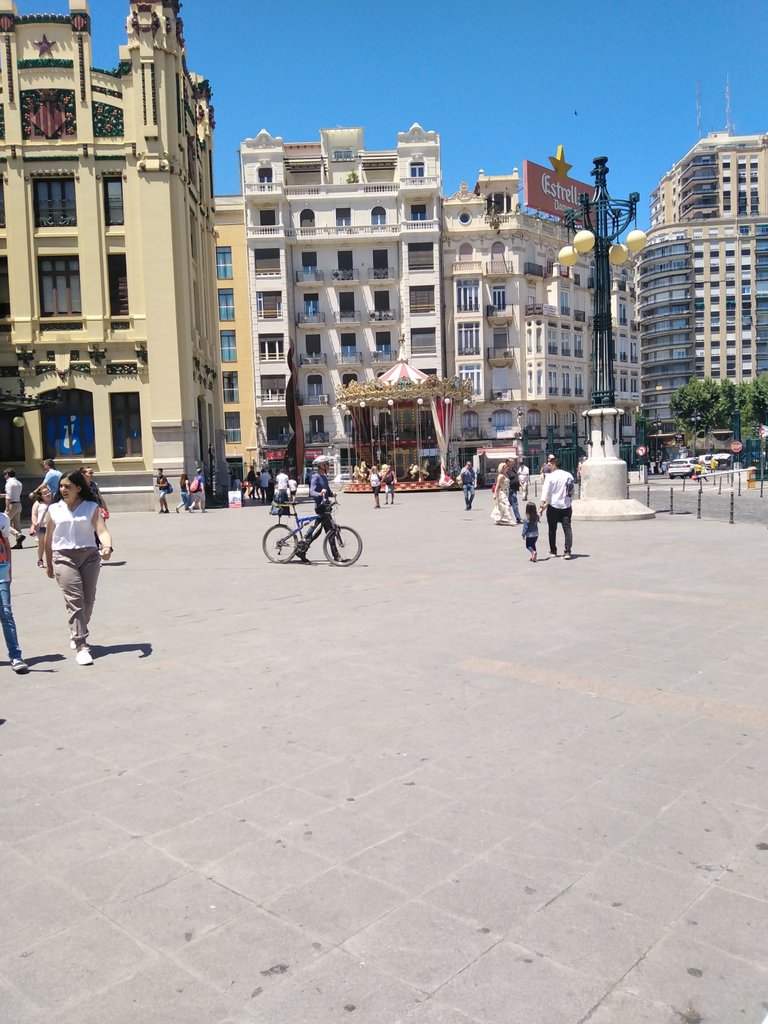
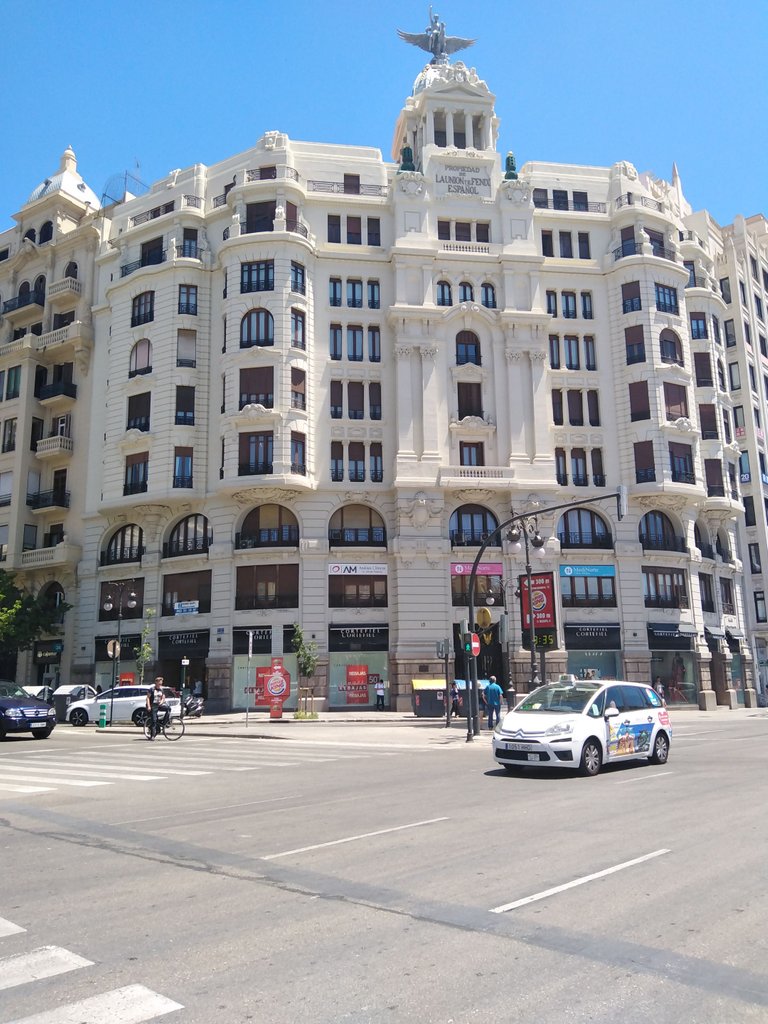
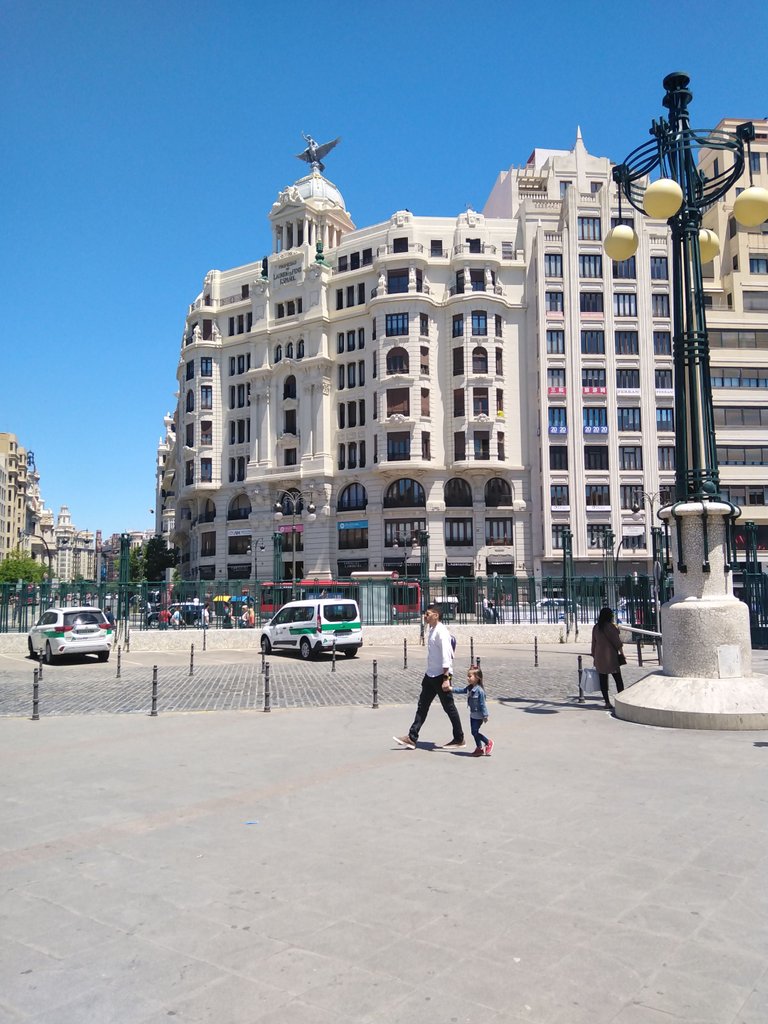
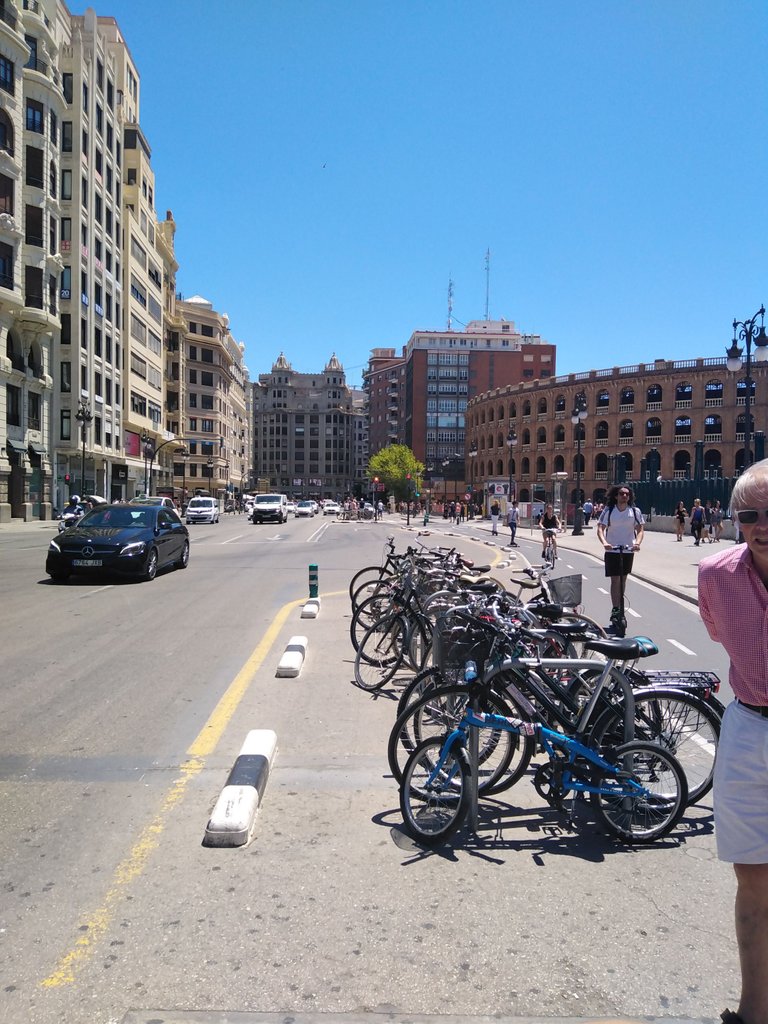
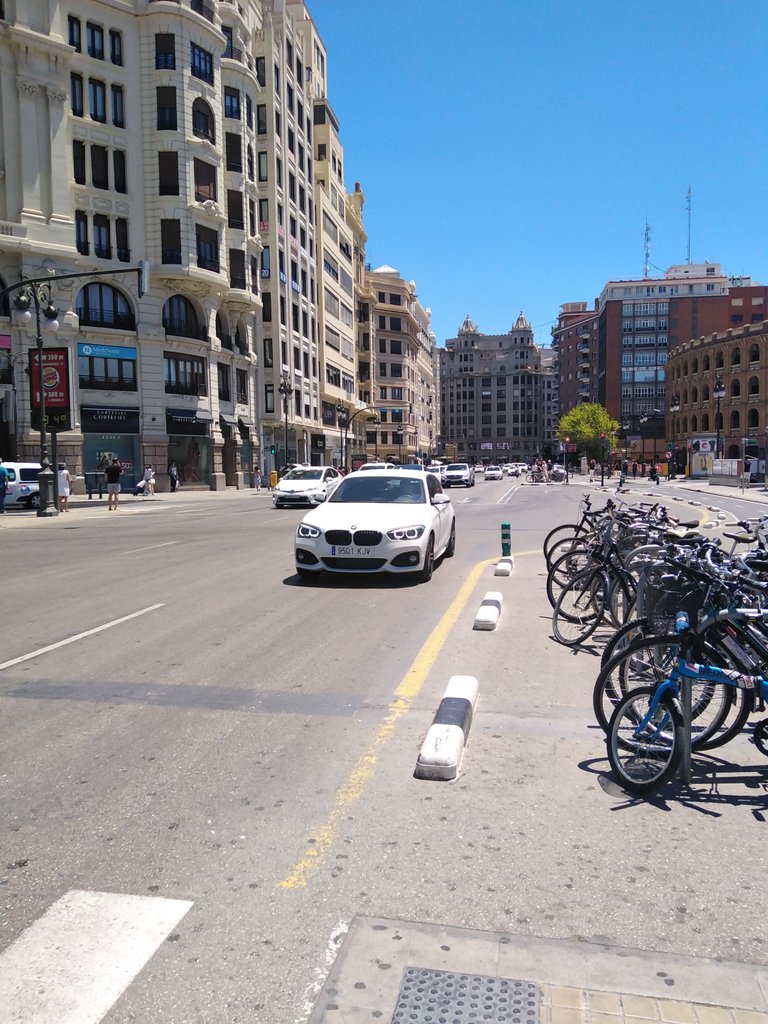
On the outskirts of the North Station is the Bullring, a monumental building, which unfortunately I could not enter on any of the times I passed through it. Next, and very close to this location is “Plaza del Ayuntamiento”, a charming setting to spend the whole day in its surroundings, it lends itself to photography, thousands of places to dine, eat something light or even hang out.
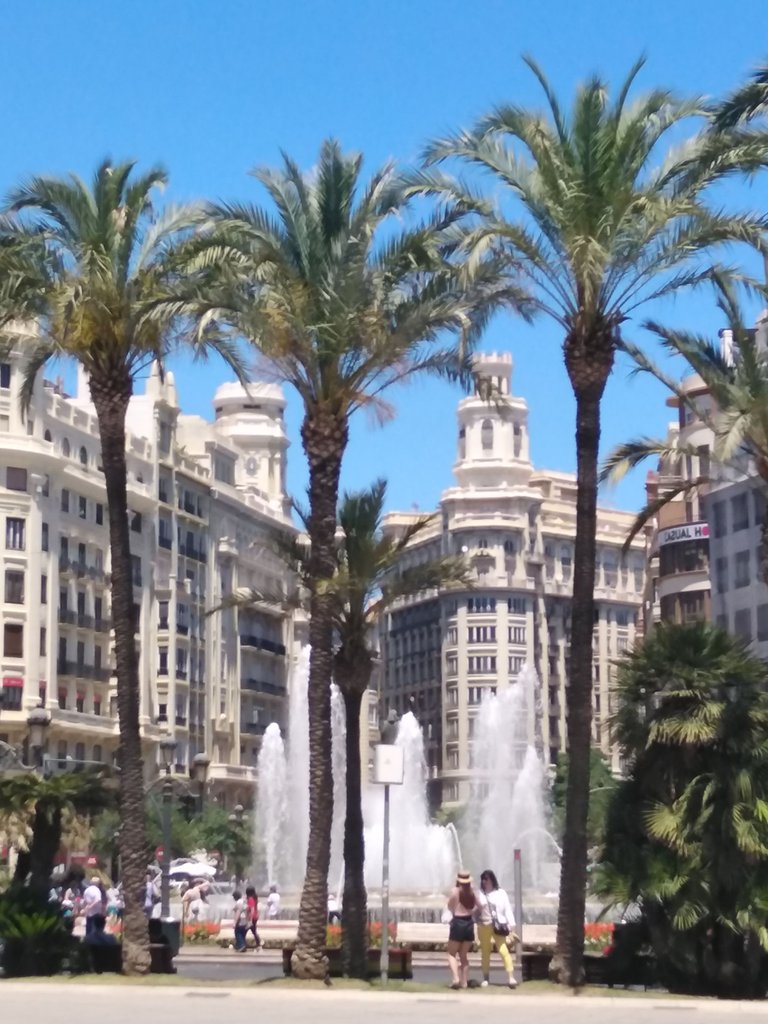
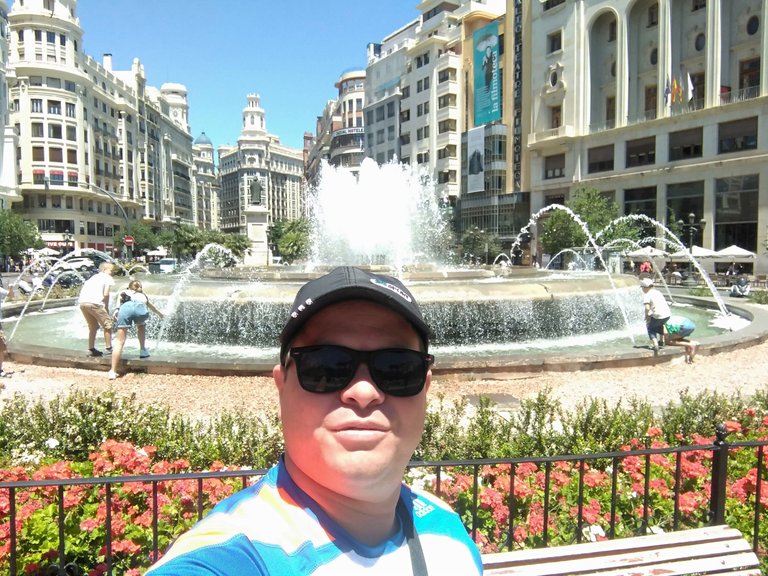
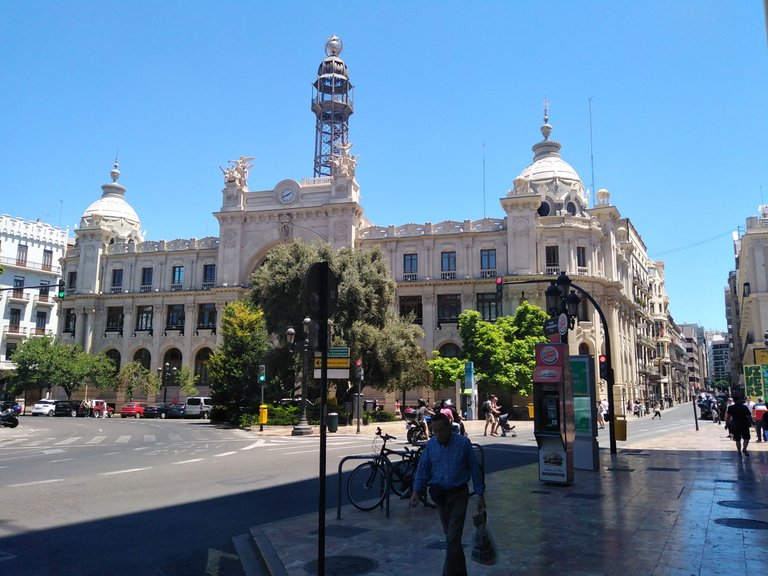
Dominating the square are the stunning Neoclassical Town Hall (Ayuntamiento) and the magnificent Central Post Office (Edificio de Correos) – designed by architect Miguel Angel Navarro in a beautiful eclectic style that combines striking Modernista features with lavish Baroque-inspired interiors. In the center lies a sparkling fountain surrounded by flowers and greenery, illuminated by multicolored lights at night.
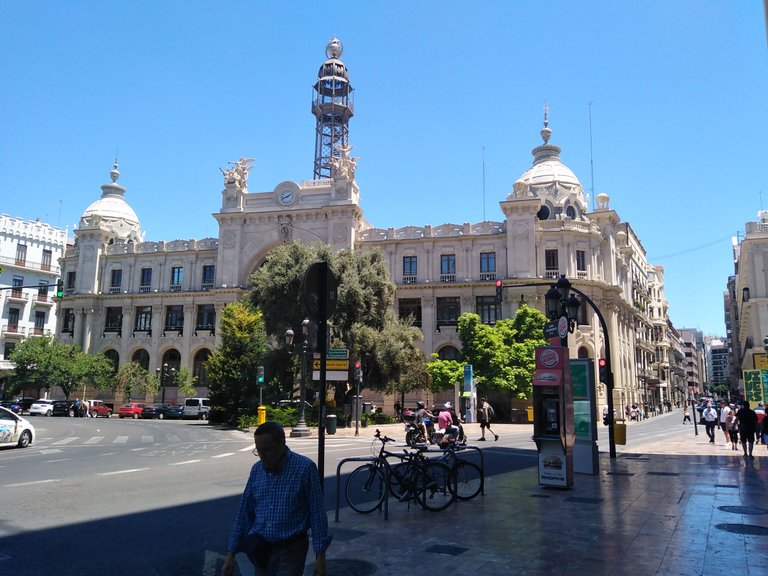
The plaza is a popular meeting point for Valencians and is often filled with stalls selling colorful flowers, a local tradition that dates back to 1924. From here you can either start exploring the lively narrow lanes of Valencia’s Old Town or go shopping at the fantastic stores that line the adjoining streets.
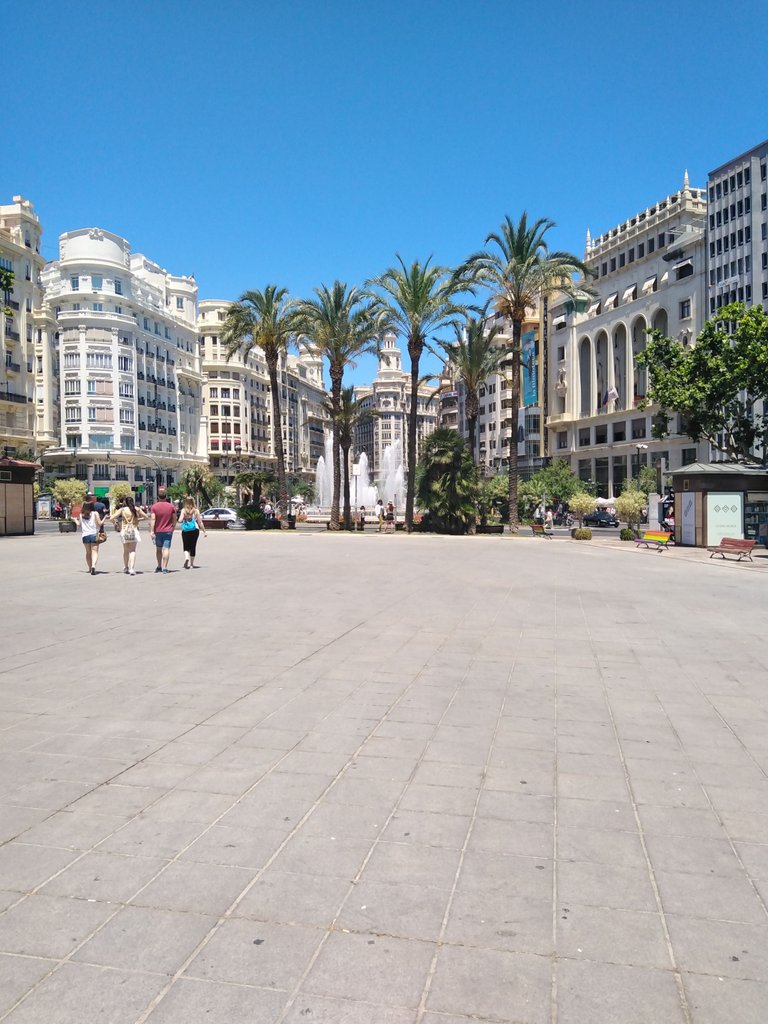
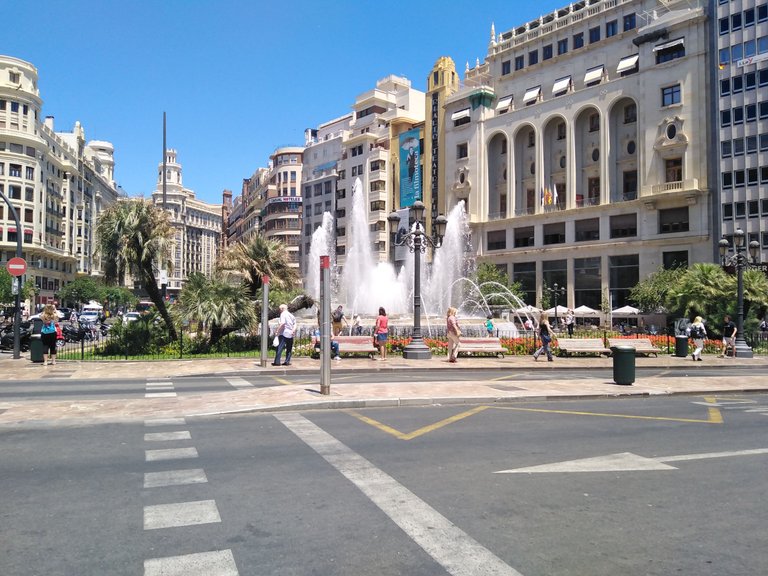
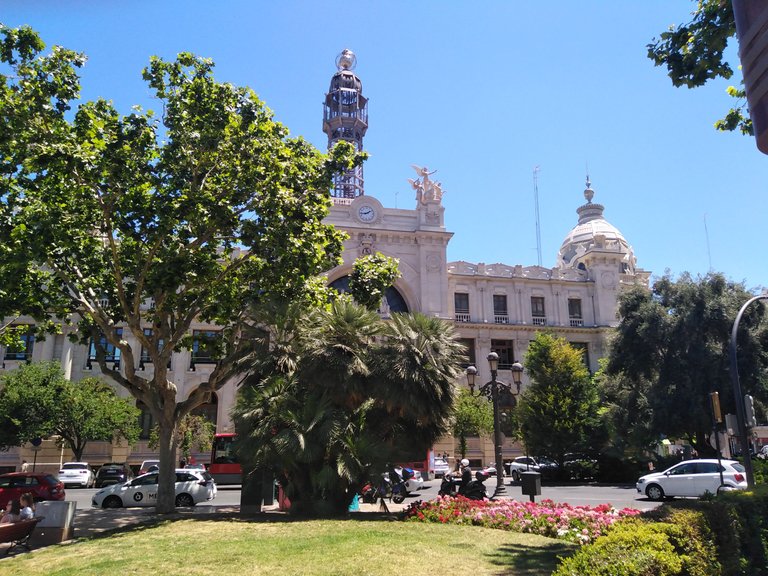

After visiting this charming square and delighting ourselves with the architecture of its centuries-old buildings, we move on to another of the wonders of this city. Behind the Basilica of the “Virgen de los Desamparados” we find the “Plaza de la Virgen” or “Plaça de la Mare de Déu”, in Valencian. Space suitable only for the use of pedestrians, with a majestic floor covered entirely in marble, a place that everyone must visit in the city. The origin of the Plaza de la Virgen dates back to the forum of Roman times, located at the confluence of the two great roads typical of any Roman city: the cardo, which would correspond approximately to the current street of San Vicente Mártir, and the decumano, corresponding to the later calle de Caballeros.
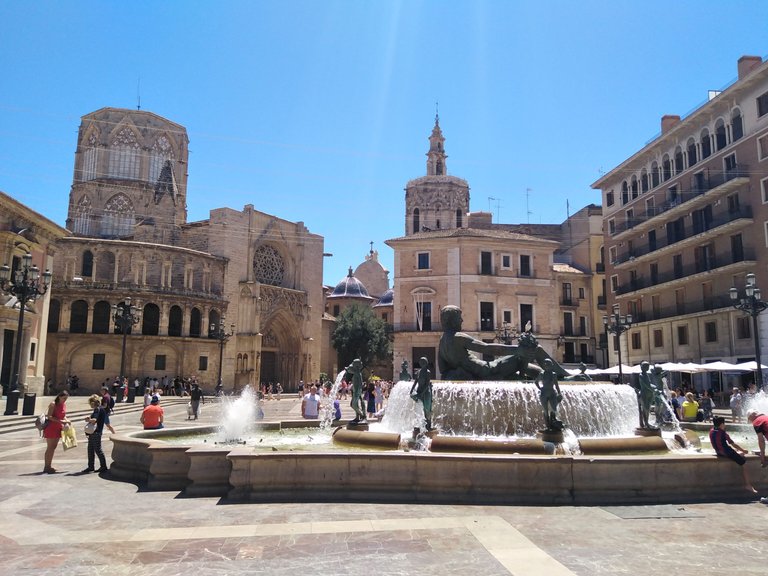

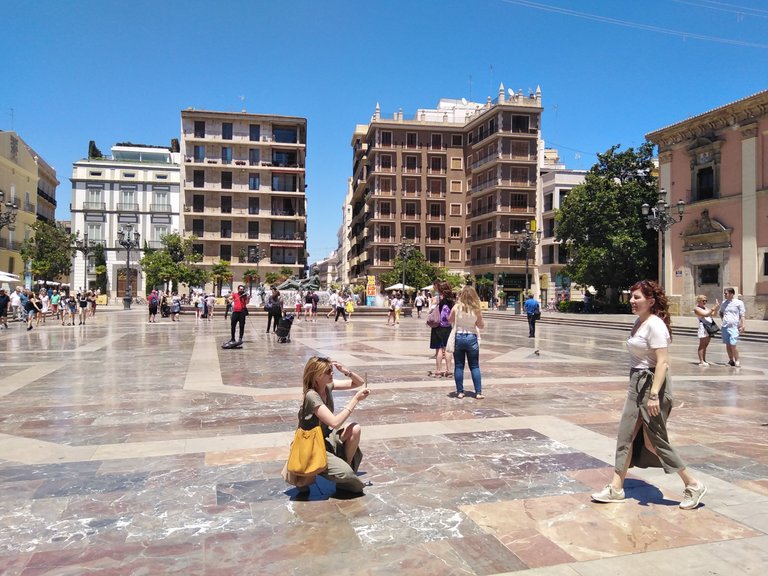
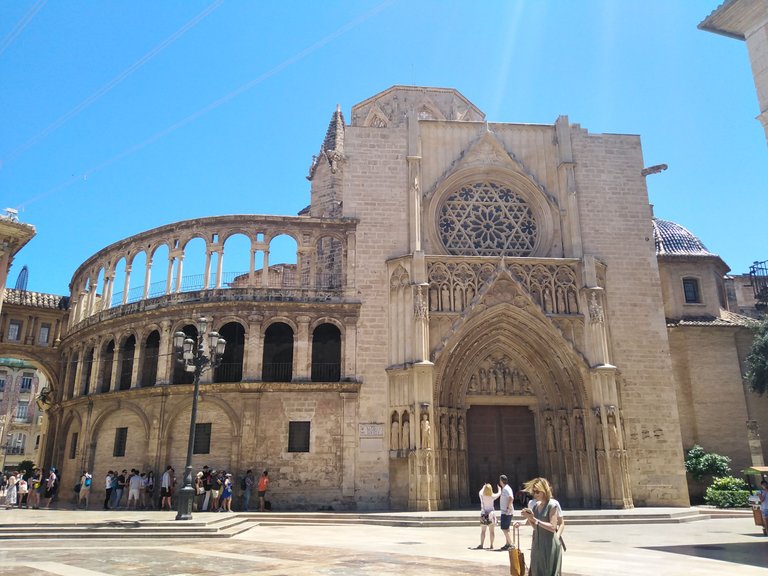
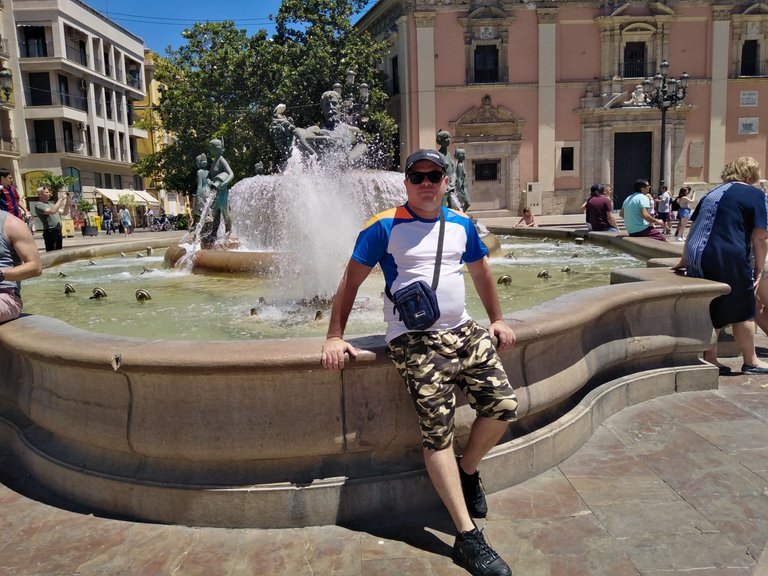
One of the square’s main attractions is its elaborate fountain, depicting Neptune surrounded by eight naked women. Created by local sculptor Silvestre Edeta, this work of art is actually an allegorical representation of Valencia’s Turia River and its eight irrigation ditches.


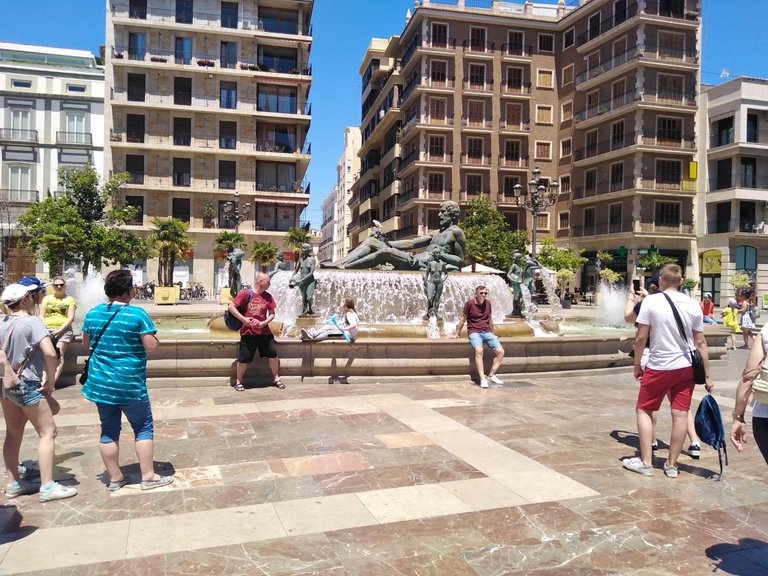
Bounded by three of the city’s most evocative buildings – the Cathedral of Santa Maria, Basílica de la Virgen de los Desamparados, and the Palace of the Generalitat, Plaza de la Virgen is a perfect spot for eating, drinking, and people watching. It plays host to several cafés and outdoor terraces that serve traditional Valencian fare accompanied by picturesque views of the city’s most renowned landmarks.
As if that were not enough, of beautiful squares, we ended up going through the round square of Valencia, it is a square located in the neighborhood of El Mercat, in the center of the triangle formed by the “Plaza del Mercado”, the “Plaza de la Reina” and the “Plaza del Ayuntamiento”. This is also known as Plaza del Clot, it was built in 1840 by the Valencian architect Salvador Escrig. It has a round shape, with four entrances at the cardinal points, it is one of the smallest squares in the city.
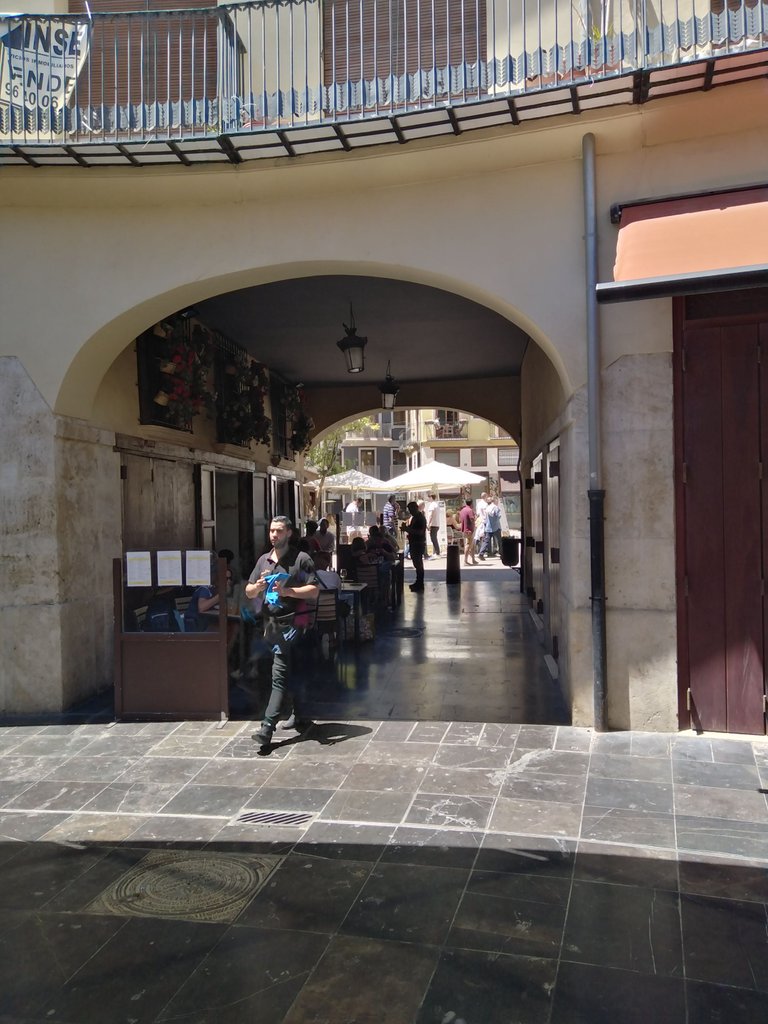
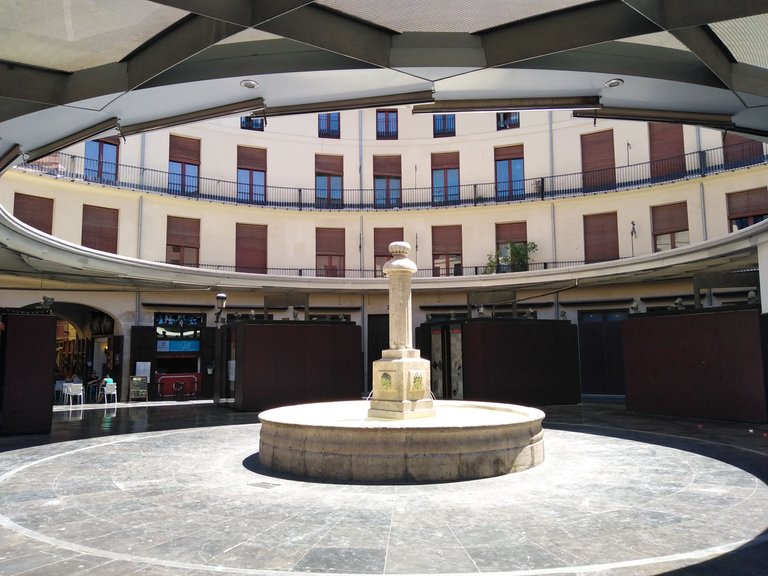
Also called El Clot (the hole) or Placa Redona, Plaza Redonda is a unique circular square in the charming Barrio del Carmen neighborhood. Built in the 19th century by Salvador Escrig Melchor, it was specially designed for fish and meat commercialization.
After so many turns, the stomach demanded his attention and we ended up eating a delicious hamburger at Burger's King.
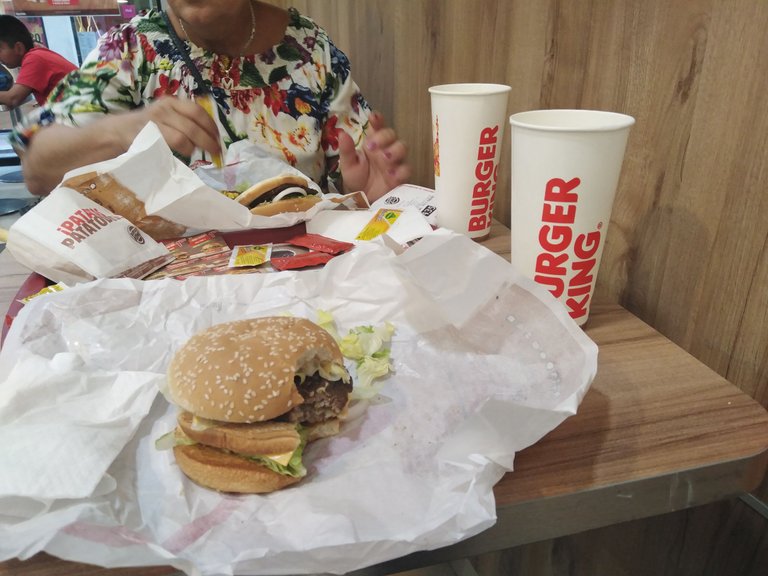
Finally, tired of so much walking through the alleys around the city, we end our beautiful tour in the central market, a spectacular structure from 1910, which looks as if it had been built today, with an impressive level of architectural details and an enviable conservation.
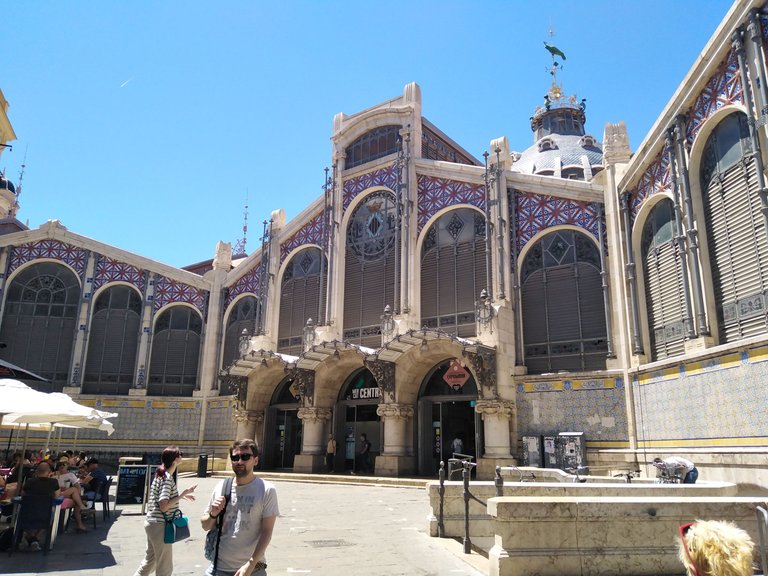

The Central Market of Valencia is one of the largest in Europe, covers more than 8,000 square metres, with a predominantly Valencian Art Nouveau style. Its unusual roof comprises original domes and sloping sections at different heights, while the interior seems to be lined in a range of materials such as iron, wood, ceramics and polychromed tiles. The beauty of the building stands out especially on account of the light that enters through the roof at various points, and through coloured window panels.
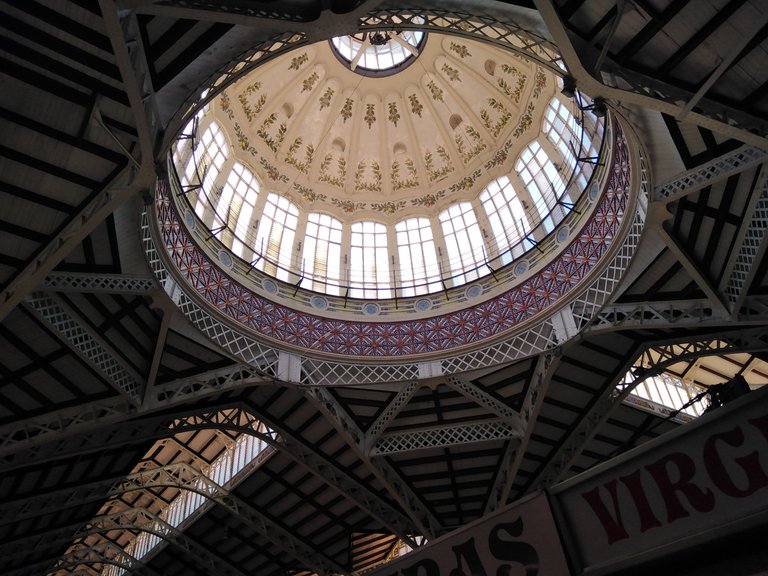
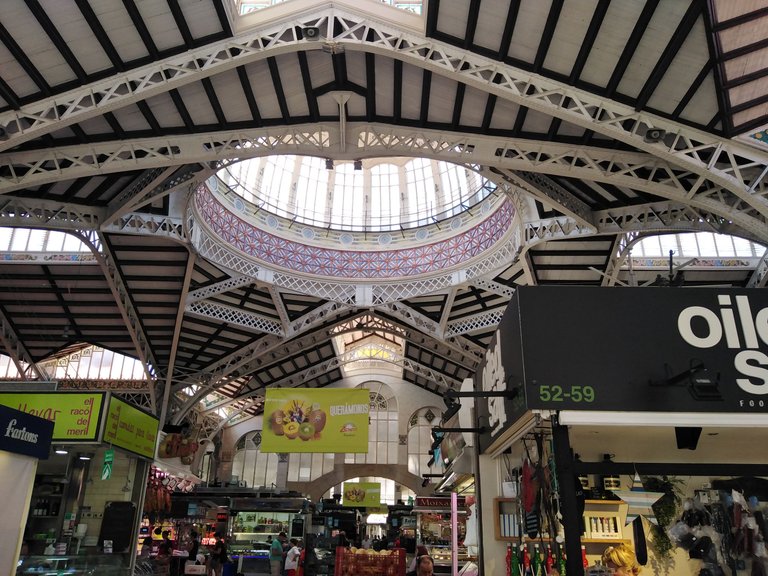
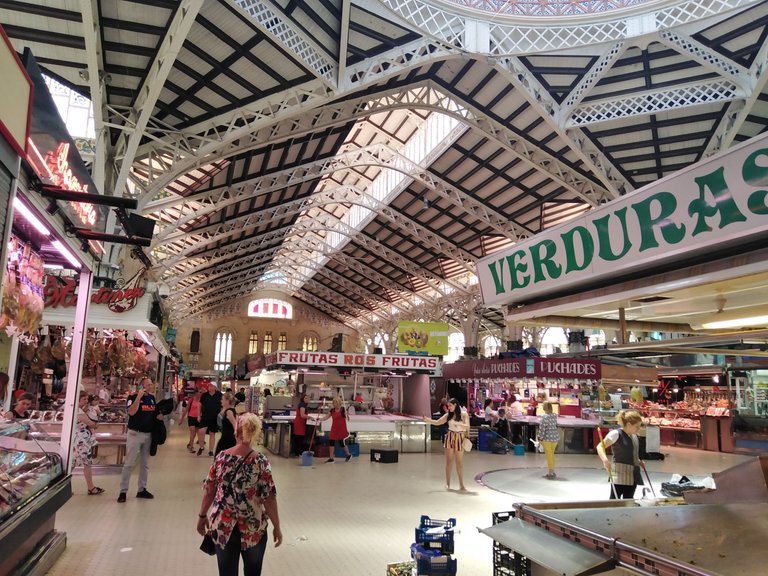
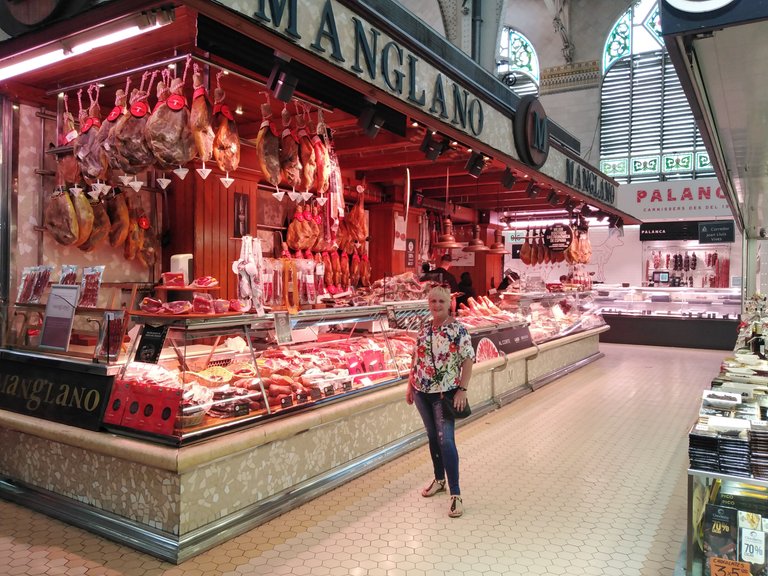
A contest in 1910 selected the present design by Alexandre Soler March and Francesc Guàrdia Vidal. Construction began in 1914 and was not fully completed until 1928 by the Valencian architect Enrique Viedma Vidal.
For today it was all my friends, I hope you liked the tour and I promise to share more of the wonders of this beautiful city.
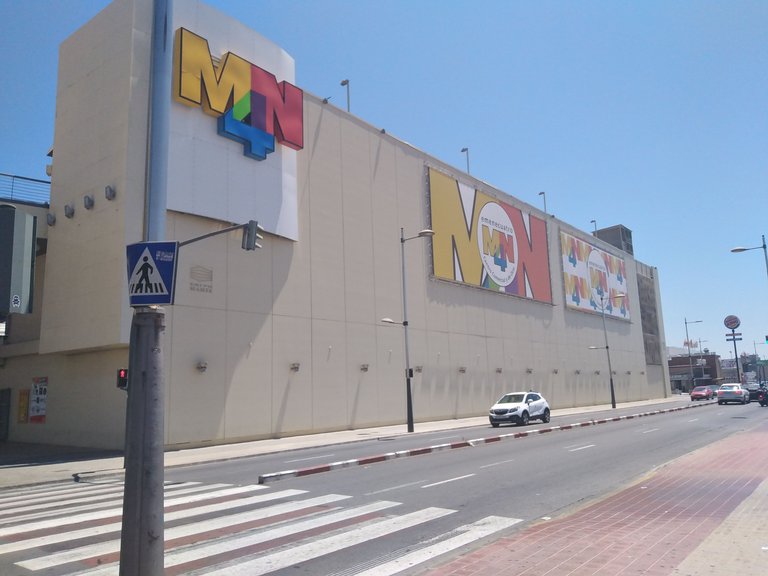
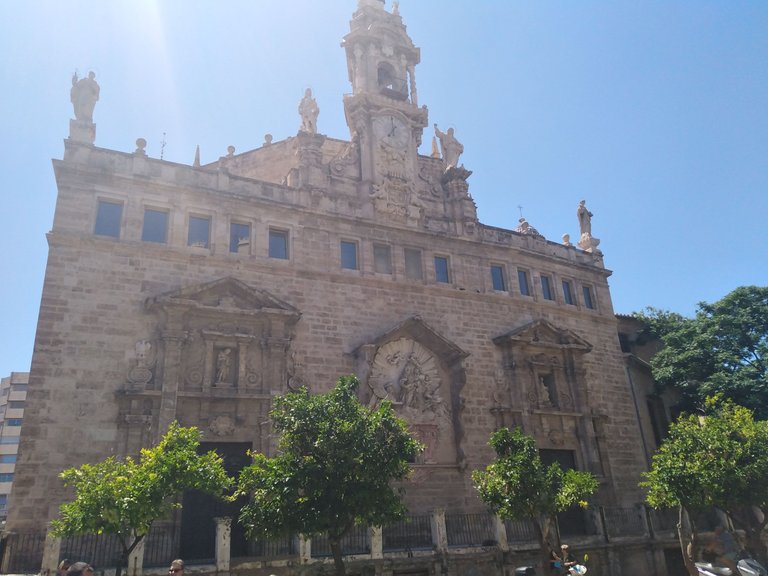
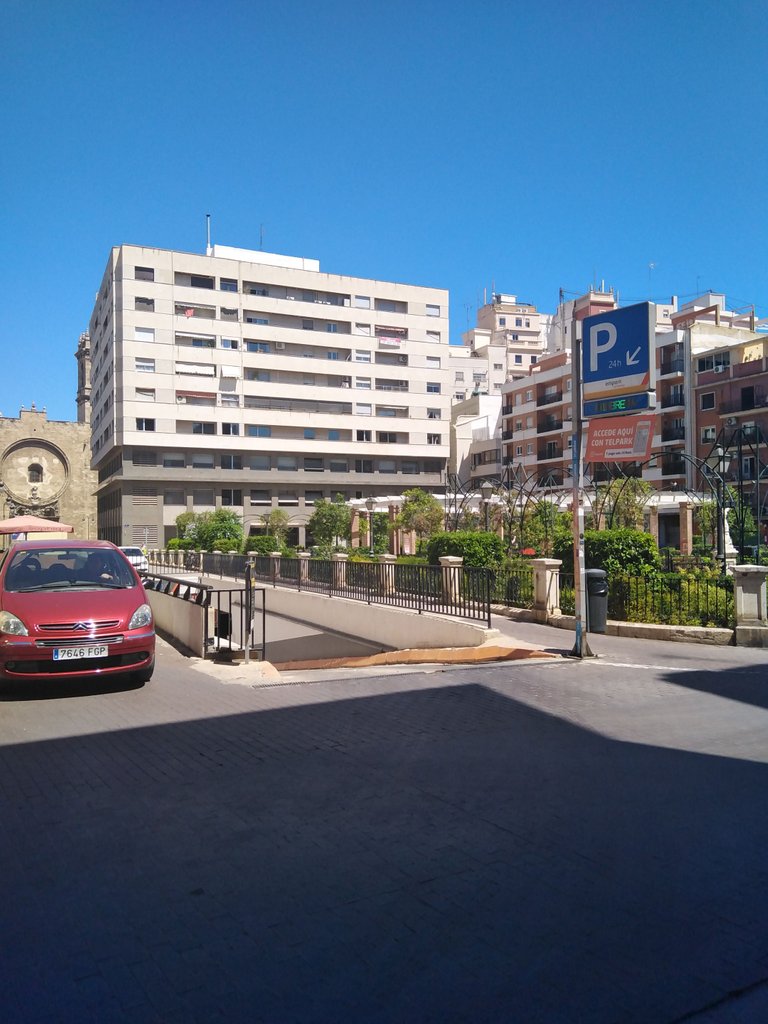
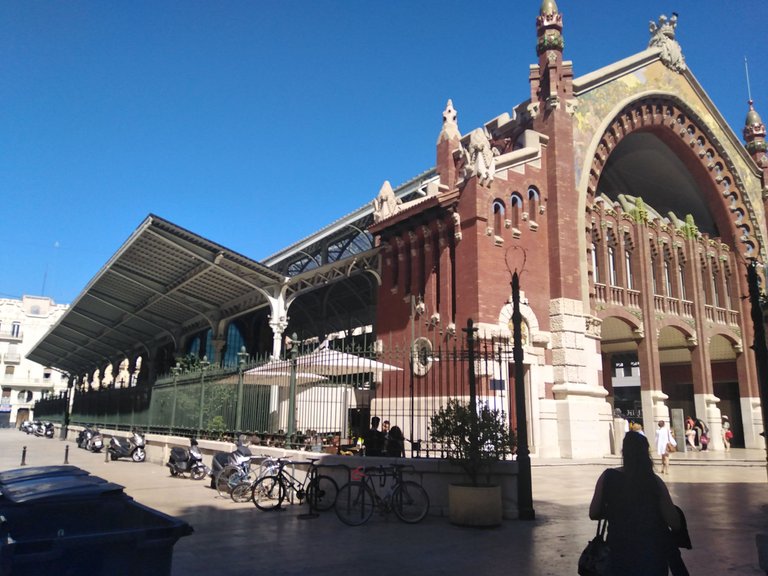
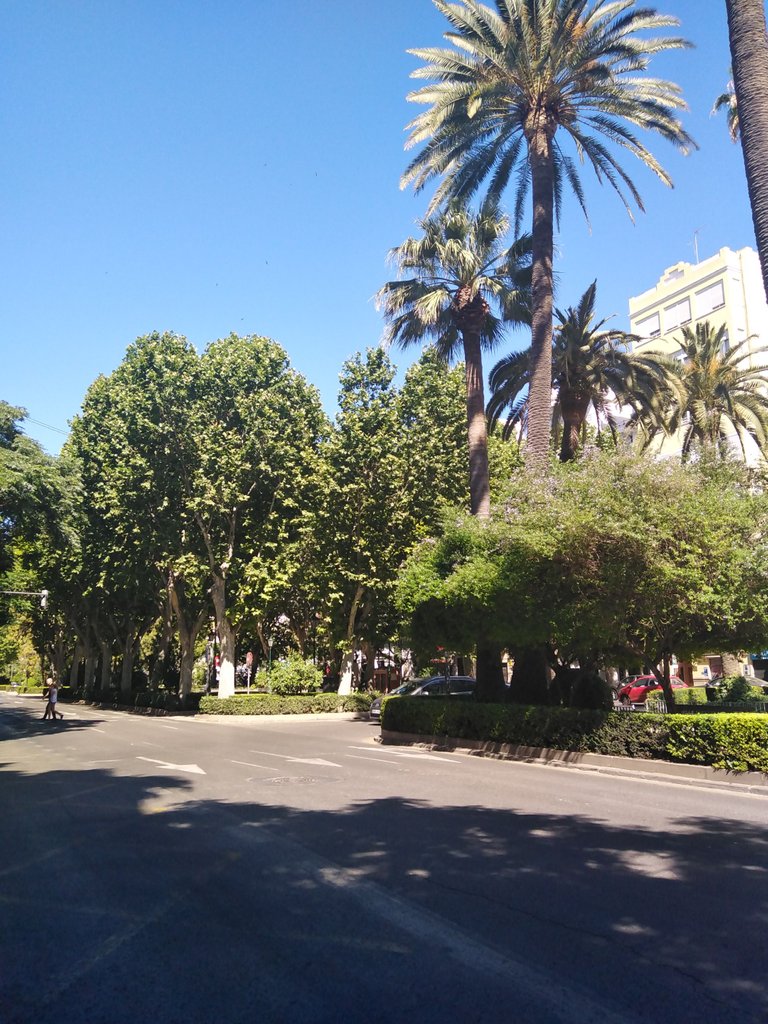
Congratulations, your post has been added to Pinmapple! 🎉🥳🍍
Did you know you have your own profile map?
And every post has their own map too!
Want to have your post on the map too?